To me, it doesn't matter if I'm shooting beach volleyball on Manhattan Beach or I have to go cover a motocross race for 12-year-olds, or if I'm covering someone who's running the 100 meters in a record time. I'm trying to get the best picture wherever I am. Everybody's the same to me: they deserve the best I have, and the people who hire me deserve the best they can get out of me.
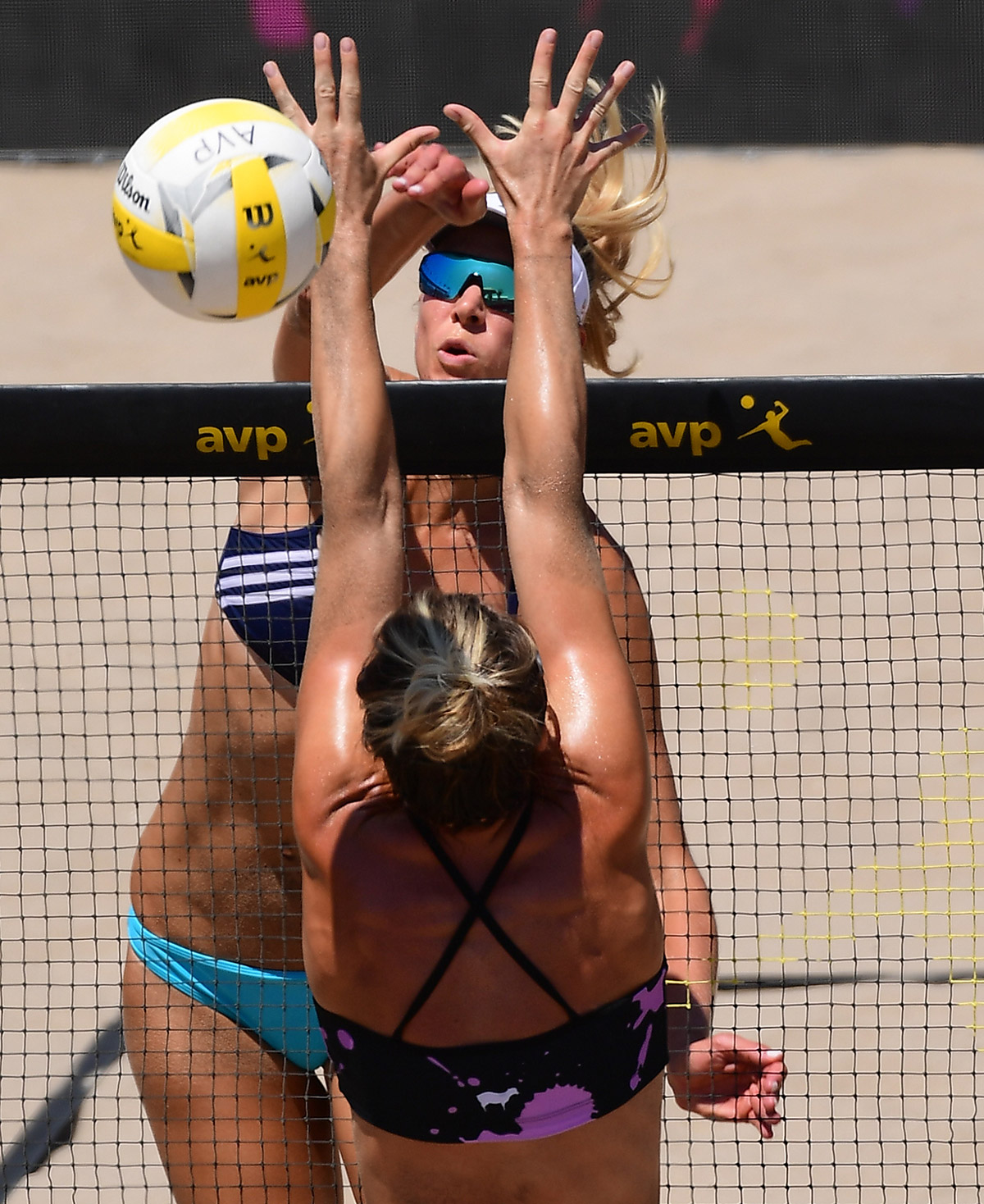
Photography is very competitive. I don't think you can have anybody tell you that it's not. Just as in sports, there are some athletes that rise to the top, and it's not necessarily because they are the best athlete. It's because they're driven: they have that competitive spirit. You're not going to work in our business with shabby equipment. You have to have the best.
Go-to lenses? For beach volleyball, there's three: AF-S NIKKOR 24-70mm f/2.8E ED VR, AF-S NIKKOR 70-200mm f/2.8E FL ED VR, and AF-S NIKKOR 200-500mm f/5.6E ED VR. It's really like one lens, that goes from 24mm to 500mm. You're not going to need anything longer, and you really don't need anything shorter. If you have those three in your bag, it's a done deal. Part of the reason we use the heck out of those zooms is because you can't carry everything. You can't carry a whole bunch of primes around with you.
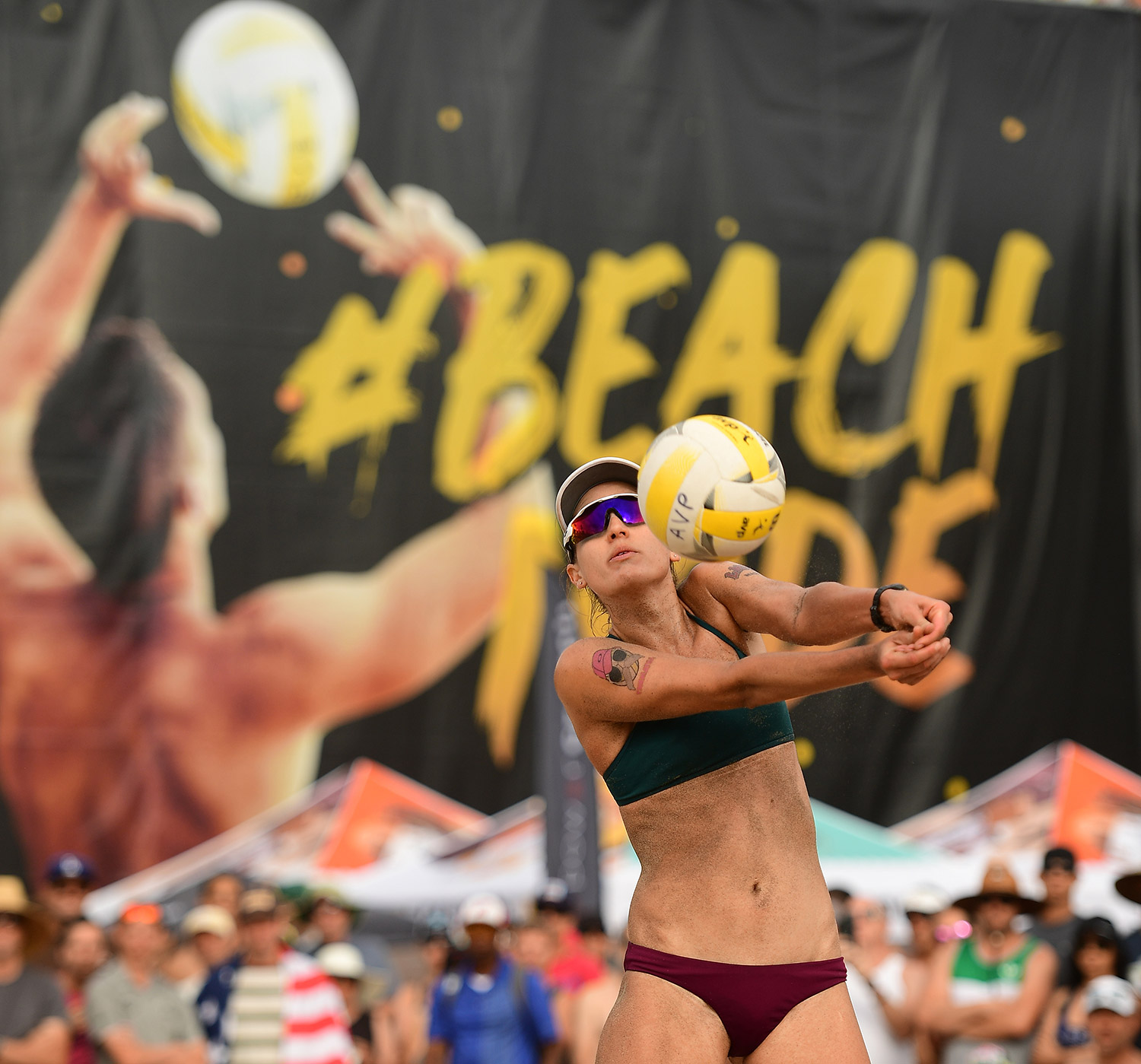
I tend to shoot wide open as much as I can, which makes it even trickier to get a picture that's sharp and crisp, but when you do, it's an absolute. To me, backgrounds are very important - whether it's people, sky, dark trees or black tarp - and then I have to get the right lens combination that will fit that particular image. Sometimes it's a 70-200mm, sometimes it's my 200-500mm, sometimes it's my 24-70mm. If I don't have those things, it's like missing colors that you can't paint with.
Beach volleyball and golf are two sports where you have pretty good-sized crowds, fairly close to an athlete. Some people will shoot at f/8, just to make sure that their image is sharp. But then all of a sudden, you have an athlete who's just as sharp as the 2,000 people behind them. So where's the athlete? That's why I love to use the fast lenses. The whole idea is to separate my athlete from everybody else, because I want the eye to go there.
To catch everything in a sport, I think the shooter has to be a little bit intuitive. You're not focusing on a ball. The people are the subject of most of your pictures. That's where your emotion is, and that's where your dynamic is. In baseball, it's a fielder, it's a pitcher throwing it, it's a batter hitting it. You're not shooting the ball travelling from place to place.
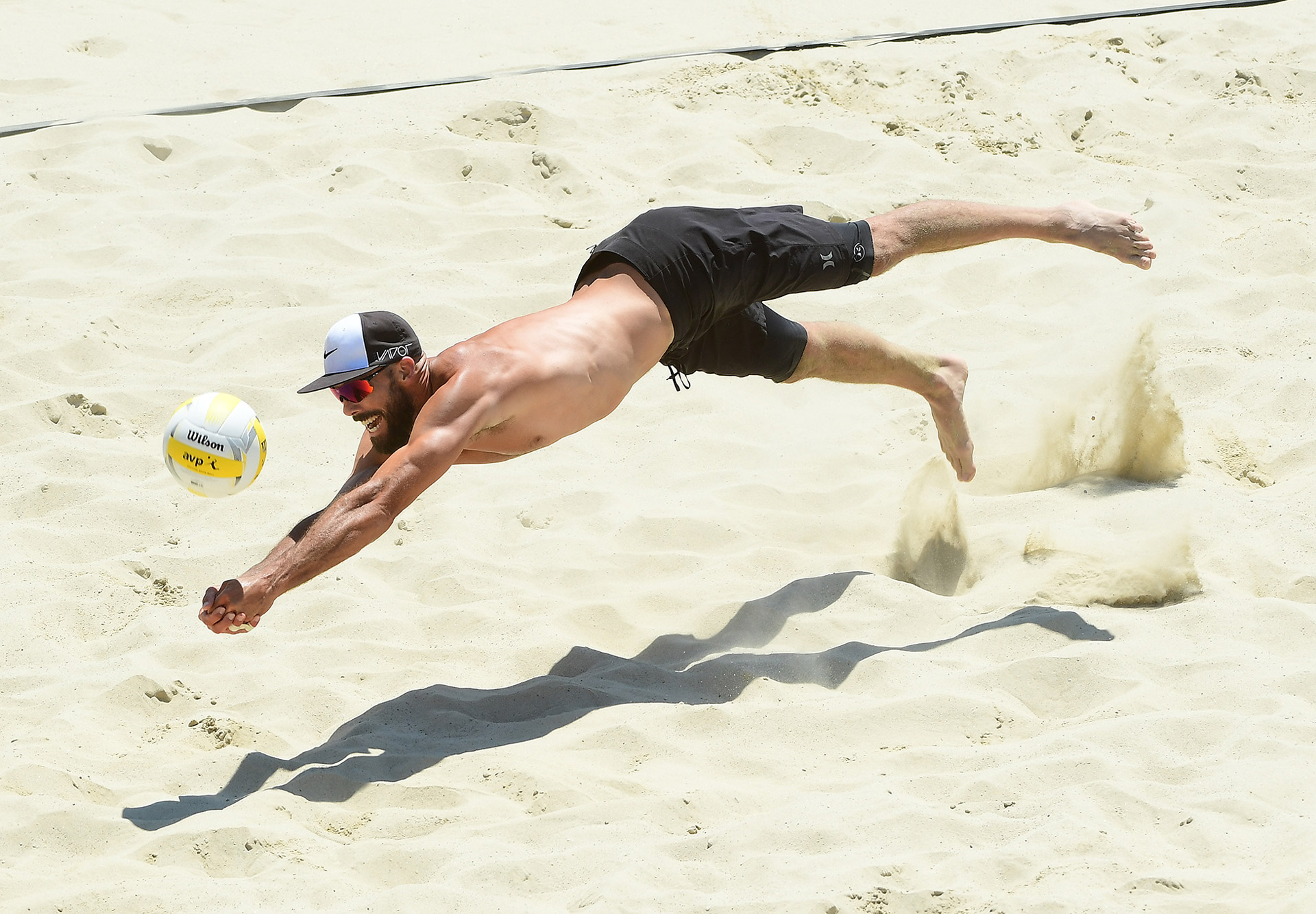
Even though the D5 frame rate is very high, that's not as important to me as having autofocus that's fast. In any sport, the ball is only in the frame for one or two frames, so it's not like you can just hold it and shoot 10 frames and then go: "Oh, I got it." To me, you're still trying to get that high point of action: the guy hitting the ball, or the woman digging the ball.
The frame rate's great for certain things. A good example is, when there's a celebration after a big point or after a big match. Then you just let it go, because the person starts celebrating and you don't know when they're going to stop, so you just let it ride. That's where a motor drive comes in, but otherwise I think autofocus speed is more important for me.
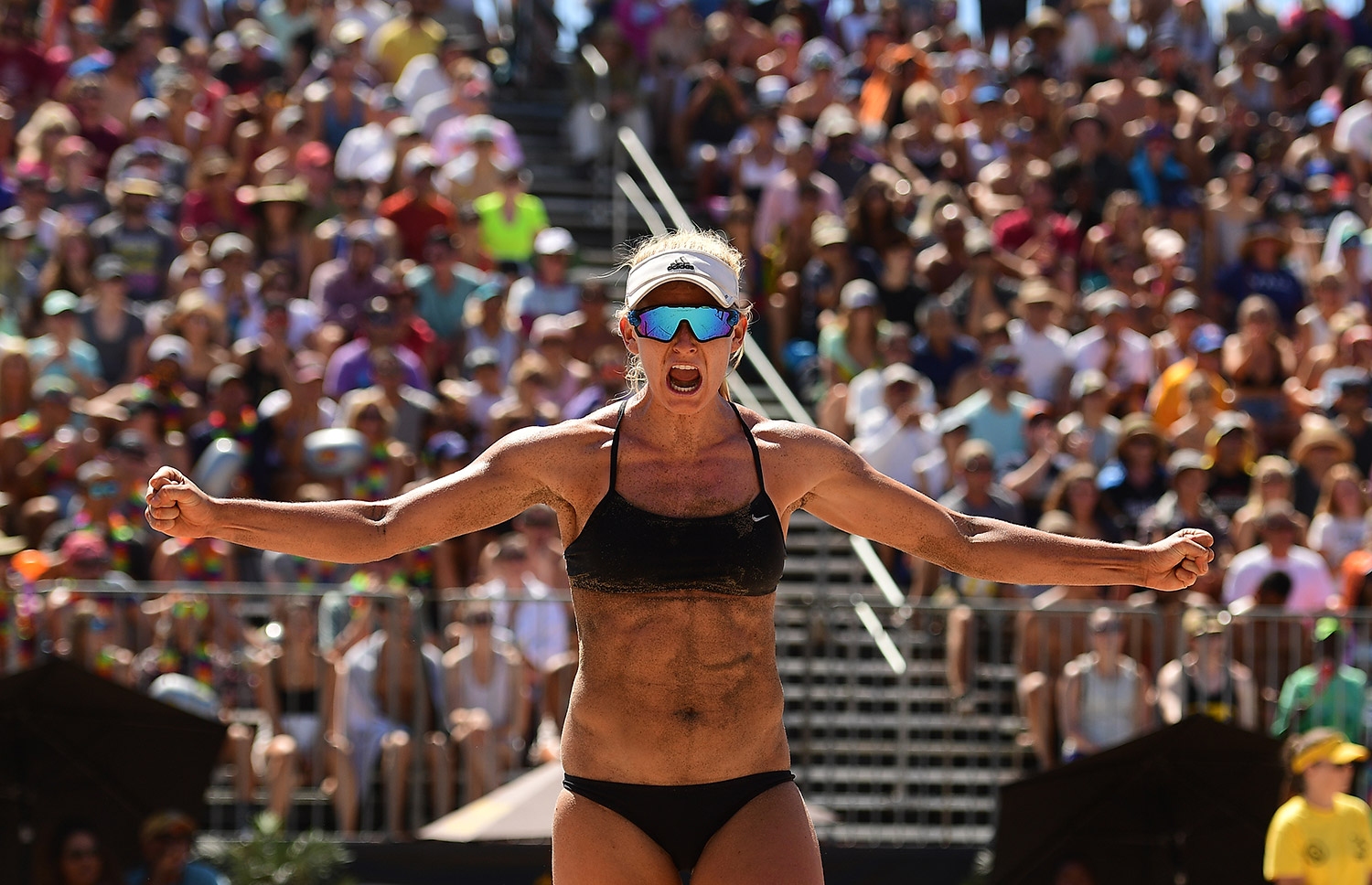
More than changing the autofocus mode, I'll change where the focus is. If I'm shooting right down the net and I know that the defender's always going to line up where the hitter's going to hit, I can put my AF point on the left side of the frame, so it's on the defender. So wherever the defender is, the offensive player's going to be in focus too, because they're lining up. Whereas if I just had it in the center, it's probably going to focus on the pole of the net, and you'll never get what you need.
A great sports shot has all the technical stuff covered, then you add on top of that. It's kind of like a cake, or a pyramid. And the next part is that the action - what you're recording - is the best part of that action. It's the high point, or whatever tells the story, or the human interest, or the emotion. Then the greatest of sports images will have the cherry on top, which is that nobody else has that picture. That's really what knocks it out of the park. Because if everybody else has that picture, it's a good sports picture, but it's not the greatest.
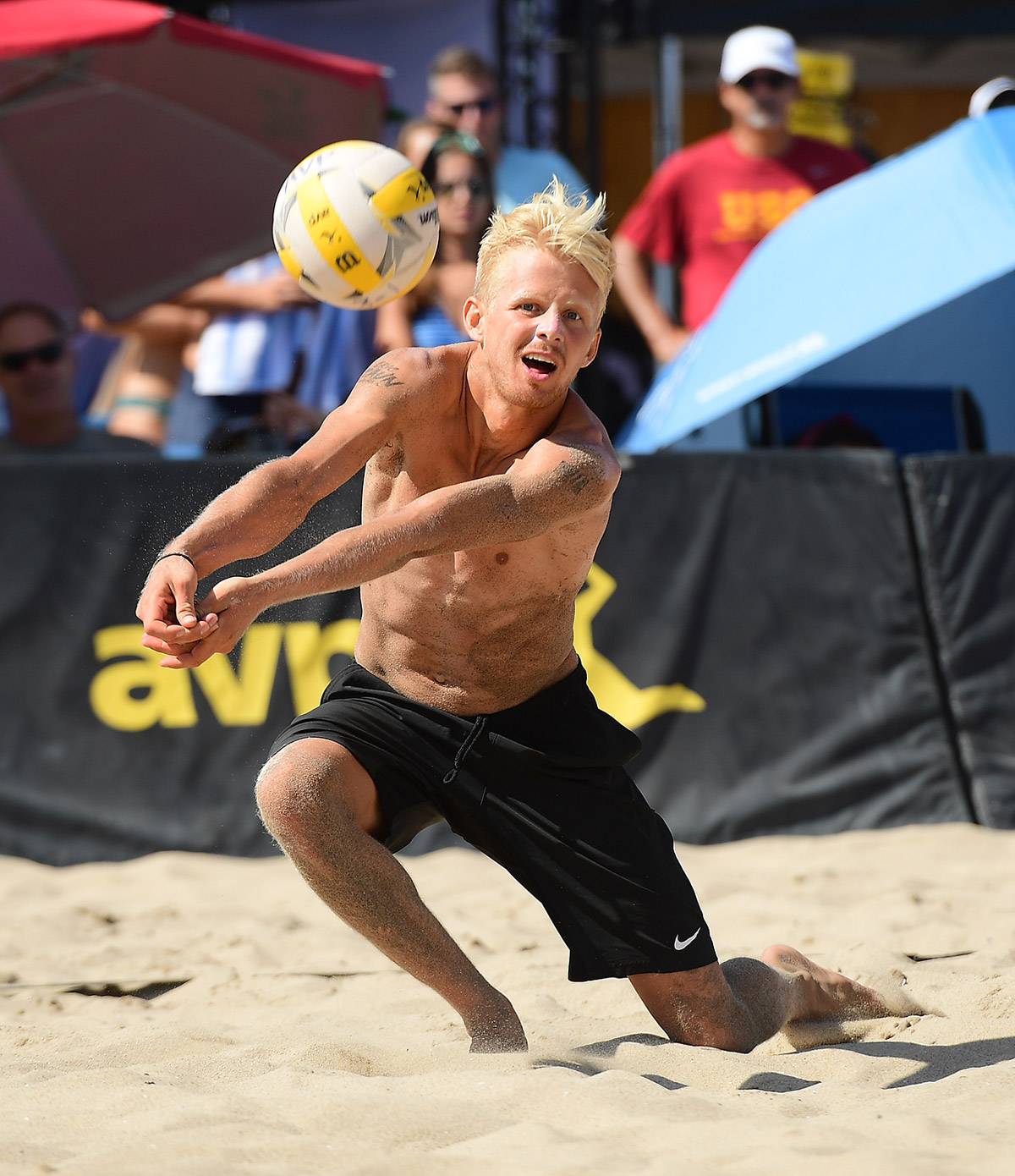
It's pretty hard to do these things, because there's so many photographers! I think the kit - the lenses and the bodies - are the foundation. If you don't have that foundation, you're not even in the game. If your equipment is not getting the sharpest images with true color and high contrast and great detail, you're not going anywhere.
I think the most frustrating thing to many of us, these days, is just the fact that not only are there more photographers than there used to be, but at events, there's less space to shoot from. Much of the time, we're all herded into the same place, so that's where you have to be creative with the gear you have. Maybe you're shooting it a little bit wider, maybe you're utilizing a different shutter speed or a different depth of field. I think, to get an edge, you have to be a little more creative than everybody else.
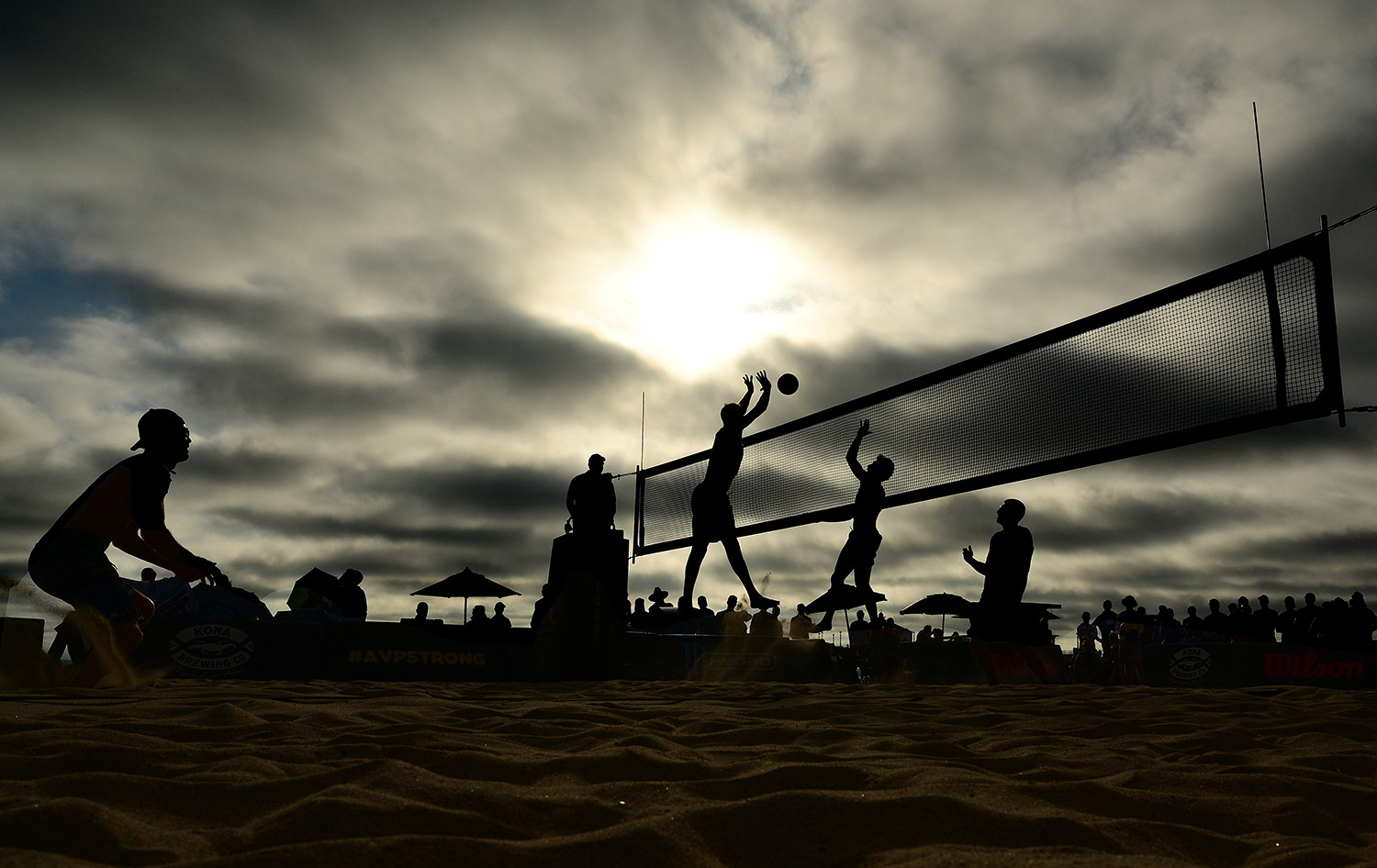
I have to give my clients the best that's available, so I have to start with the best equipment. And then to have that validated over time, where other people recognize, "Yeah, that image is Robert's." They don't know that I'm using Nikon, but the fact that they say, "Yeah, that's his" - that's basically saying, "He's using Nikon." They know the difference just by looking at it. It's a better image.
The D5 provides a file that's flawless, to me. If I'm technically correct with what I'm inputting into the camera - shutter speeds, apertures and whatnot - I know what I'm going to get out of it. I know that the color's going to be correct, I know the contrast is going to be excellent, I know that it's going to be sharp. And those are kind of the basics that you have to have in a photo, before the rest of it works.
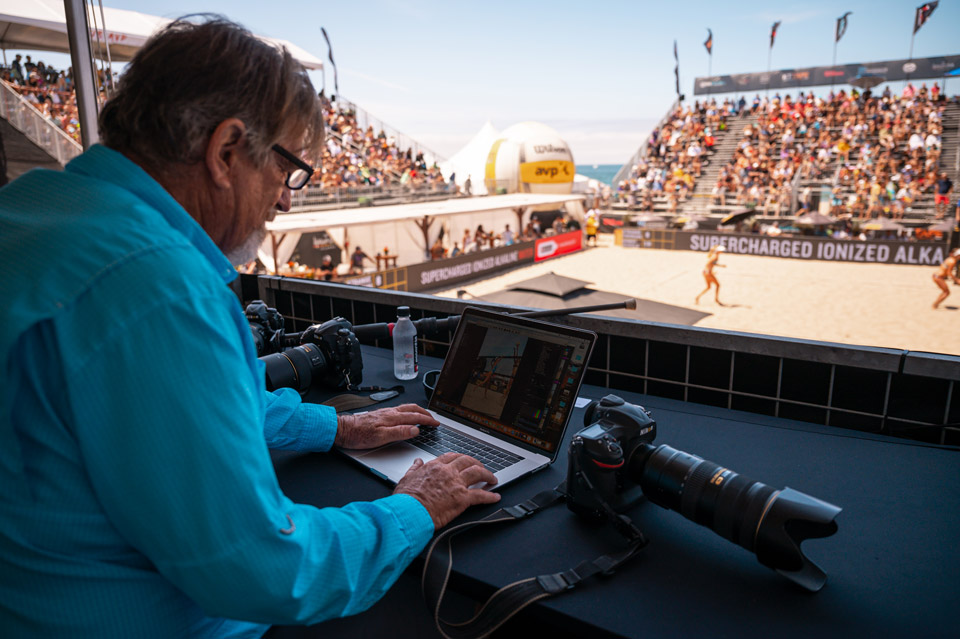
There are obviously times when you have to do a little "massaging," but I'd rather have stuff come right out of the camera the right way. If you're editing 300 frames in 10 minutes and you have to pick 30 of them and crop them and get them to somebody else, if you have to massage every frame, you're not going to have time to finish the rest of your shoot.
I'm shooting the D5 with the largest file you can, in both RAW and JPEG, but I'm not even touching the RAWs. I have them as a backup. If you didn't get a good JPEG out of the camera, I don't think I would use that camera.
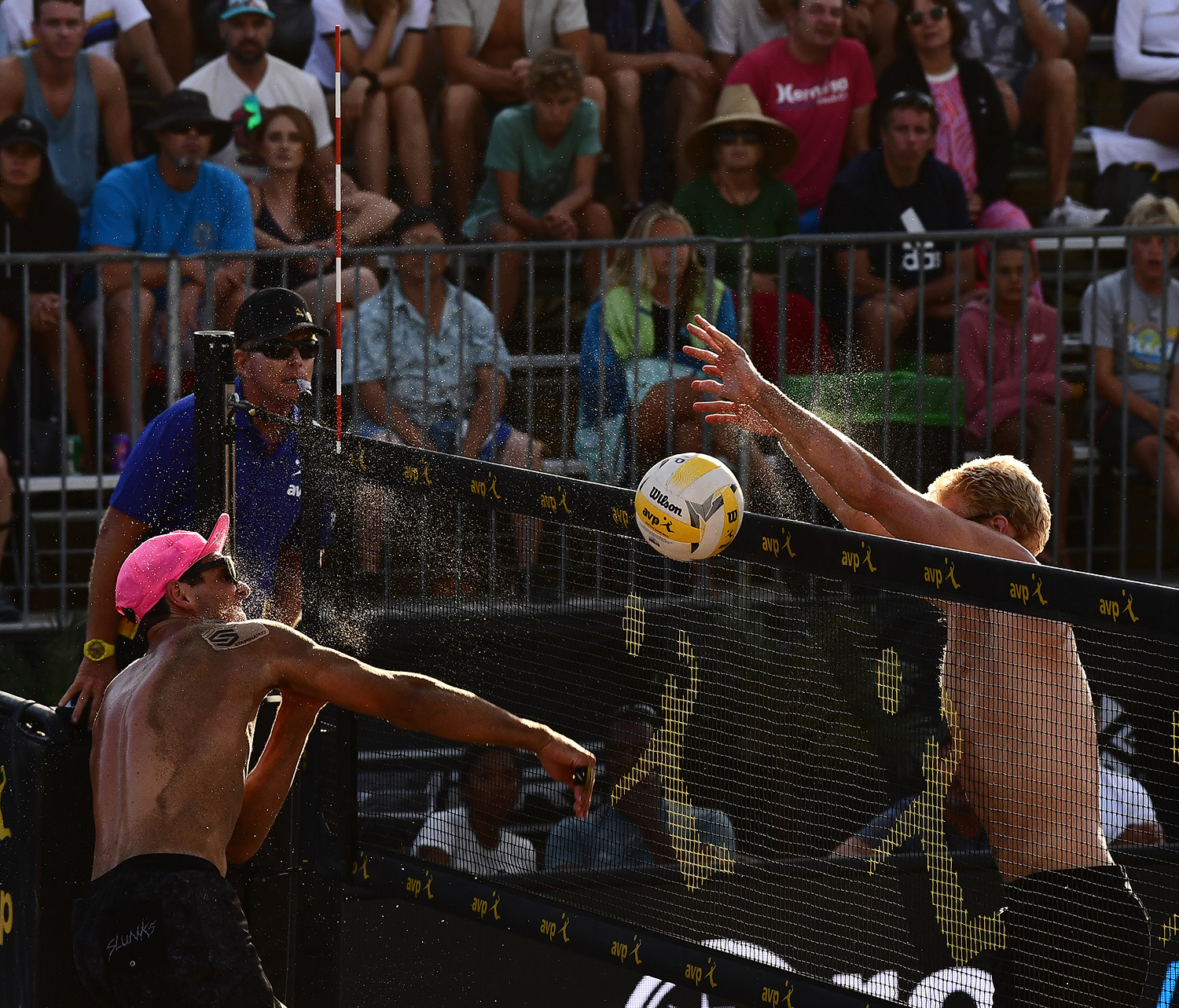
I think the biggest reason the D5 is so popular in sports photography is because it's so dependable. It's bulletproof. You can have it in the rain, you can have it in the dirt and dust, and you don't really have to worry about it failing. I'm not saying that I'd throw my camera in the sand to pick up another one, but if I have it in my lap or in my one hand and it slips, it's not the end of the world. I pick it up, dust it off, blow the sand off and keep working.
You have enough things going on when you shoot something, you don't want to have to worry about whether your equipment is going to work at the same time. It's like a race car driver. He's not really thinking about how his car is running - that's someone else's job, probably. He's just going to assume that it's going to work all the time, and then he's doing his best to keep it in front of the pack. It's kind of the same with me. I don't have to worry about it: I'm just assuming it's going to work, and my job is to get the best photograph I can.
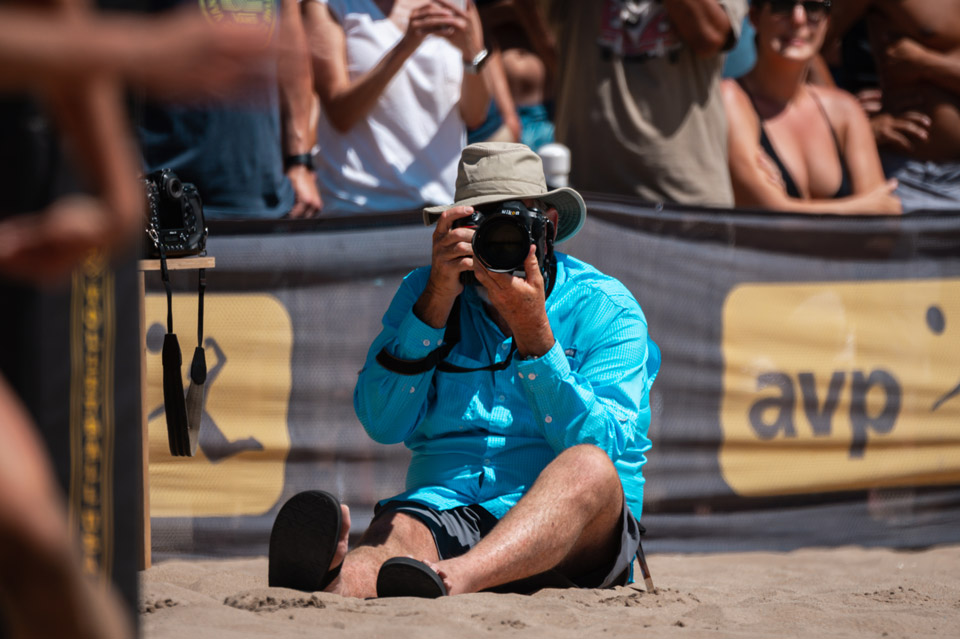
Robert Beck is a photographer based in Carlsbad, California. He worked as a staff photographer at Sports Illustrated for over three decades, and is widely regarded as one of the top sports shooters in the United States. He has captured many of the world's greatest athletes and biggest sporting events, including the Masters, the Super Bowl and the NBA Finals. See more of Robert's work on his website:
https://www.robertbeckphotography.com/